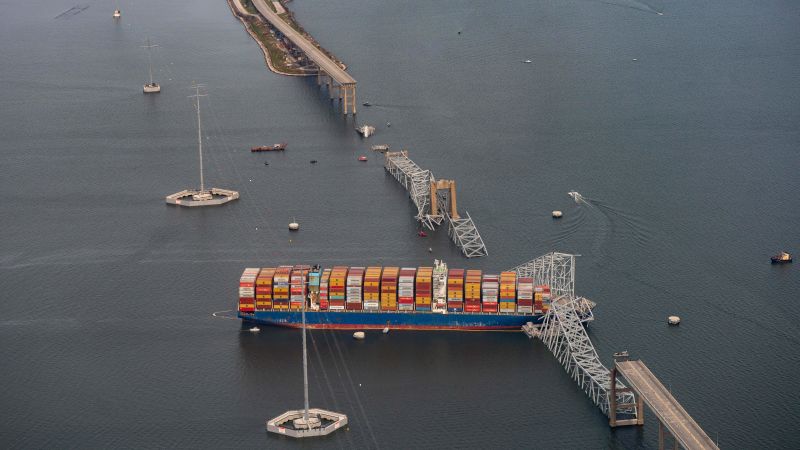The recent tragedy of the collapse of the Francis Scott Key Bridge in Baltimore highlights the significant presence of Latino immigrant workers in the construction industry in the United States. Latino workers make up a third of the construction industry, despite representing only 19% of the American population. These workers often take on dangerous yet essential jobs in rebuilding communities after disasters like hurricanes and floods. The Latino workers, who come from countries like Mexico, Guatemala, El Salvador, and Honduras, are crucial in performing tasks such as debris removal, reconstruction, and repair work.
Construction industry experts argue that more legal immigrants are necessary to fill the growing labor gap in the industry due to an aging workforce and a shortage of young workers. However, the political climate in the United States has made immigration a contentious issue, with sentiments turning against legal immigration. Undocumented workers often face exploitation and are at higher risk of work-related fatalities. Despite the challenges they face, Latino immigrant workers continue to be vital in the construction industry.
The dangers faced by Latino immigrant workers in construction are evident in the rise of work-related deaths among this group. Many workers lack adequate protection, face abuse, and work without proper safety equipment. Even when they report violations, they may face retaliation from employers. The lack of health care and union contracts further exacerbates the vulnerabilities of these workers. The construction industry remains a dangerous sector, with reports showing that Latino and immigrant workers are more likely to experience fatalities on the job.
Despite efforts in cities like New York to implement safety training and standards for construction workers, the industry continues to see high rates of construction-related deaths. Latino workers, in particular, face higher risks on the job and are less likely to report safety violations. The increase in residential construction projects has also led to more non-unionized jobs with lower wages and inadequate safety measures. These challenges underscore the need for greater protections and assistance for immigrant workers in the construction industry.
Immigrant workers like Reinaldo Quintero, who has traveled across the country performing various construction tasks, often put themselves at risk to do essential work. The recent collapse of the Baltimore bridge serves as a stark reminder of the dangers these workers face daily. While training and protections can help mitigate risks, workers like Quintero stress the importance of prioritizing safety and advocating for their well-being. As the demand for construction workers grows, community groups like the Worker’s Justice Project are working to provide training and support for immigrant workers entering the industry.
In the aftermath of natural disasters, immigrant workers are on the frontlines of recovery efforts, often moving from one disaster-affected area to another to assist in rebuilding communities. The contributions of these workers are crucial in the reconstruction process, as seen in the aftermath of events like Hurricane Katrina. However, challenges remain in states with stringent immigration policies that deter workers from participating in recovery efforts. The need for immigrant laborers to assist in rebuilding after disasters continues to be essential, highlighting the ongoing struggles and contributions of immigrant workers in the construction industry.
You Might Like
© 2025 West Timelines. All Rights Reserved.


